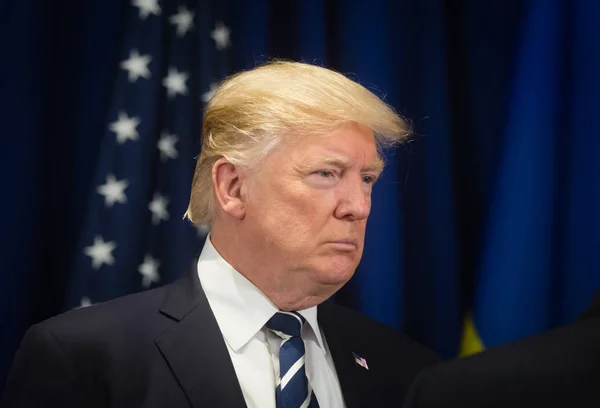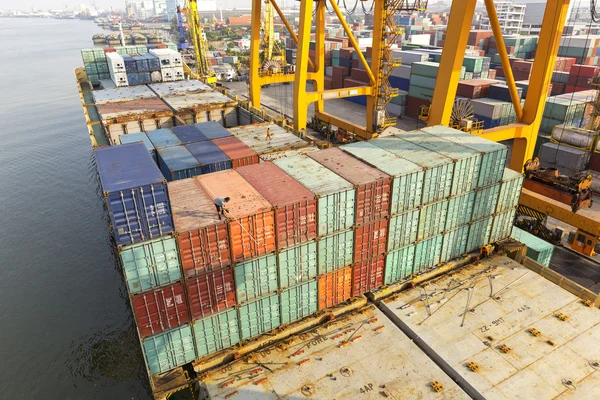
The sweeping tariffs imposed under President Donald Trump’s claimed emergency powers have become more than a political flashpoint-they’re a daily stressor for small business owners whose margins are razor-thin. On November 5, the Supreme Court will hear arguments that could redefine the limits of presidential authority and, in turn, the economic landscape for entrepreneurs across the country.

1. Why the Supreme Court Fight Matters
At the heart of the case is whether IEEPA allows a president to “regulate importation” by imposing tariffs without explicit congressional approval. Lower courts have ruled that Trump’s broad use of IEEPA covering nearly every imported good exceeds statutory limits. If the Supreme Court sides with the challengers, many of these tariffs could be struck down, offering relief to businesses battered by unpredictable costs.

2. The Economic Stakes for Entrepreneurs
These tariffs account for the largest U.S. tax increase since 1993, averaging $1,200 per household in 2025 and $1,600 in 2026. For small businesses, this means that any materials they import will be more expensive, thus reducing competitiveness and forcing them to continuously rewrite their supply chains. The IEEPA tariffs could reduce long-run GDP by up to 0.4% and cost 428,000 jobs, with the losses falling disproportionately on smaller firms that cannot rely on the buffers of large corporations, economists estimate.

3. Stories from the Front Lines
David Levi, of Virginia-based MicroKits, delayed the release of his Banan-a-Synth STEM kit because tariffs on the electronic components made production costs unpredictable. Victor Owen Schwartz, who has been in the wine-importing business for almost 40 years, said, “These tariffs have made the very survival of small businesses like mine a severe challenge, let alone trying to grow.” It is voices like these that drive home how changes in policy reverberate through entrepreneurial ecosystems.

4. The Stress Factor
Research on entrepreneurial well-being shows that high levels of financial uncertainty and time pressure-characteristics of tariff volatility-are strong stressors. According to the Job Demand-Resources model, constantly high demands result in mental exhaustion unless balanced by strong coping resources. In many owners, continuous recalibration of operations in changing trade rules has eroded focus and sapped energy.

5. Coping Strategies
That Work On the other hand, experts recommend proactive coping and positive reframing to buffer the mental toll. That means preparing for challenges in advance-say, by sourcing from tariff-free countries-before they hit, and reframing disruption as opportunities to create. Functional strategies-streamlining operations, renegotiating supplier contracts-can help maintain control when external conditions shift.

6. Cash Flow Management under Uncertainty
Trade policy unpredictability makes cash flow management critical. Financial experts say this is the time to secure a line of credit or build reserves to absorb sudden increases in costs. Closely monitoring expenses and cutting non-essential spending frees up capital to move supply chains quickly.

7. Historical Lessons on Tariffs
Past surges in U.S. tariffs have often hurt small manufacturers more than they help. During the trade war of Trump’s first administration, Federal Reserve economists found the U.S. lost five times more manufacturing jobs than it gained. History indicates that while there might be some benefits to a few sectors-like domestic steel manufacturers-most small businesses that require imported intermediate goods experience higher costs and reduced output.

8. Planning for Both Contingencies
If the Court upholds Trump’s tariffs, much volatility will likely continue. To mitigate the risks, businesses could diversify suppliers, invest in domestic production capabilities, and monitor ongoing developments in trade negotiations. If the tariffs are struck down, pricing and supply could change rapidly-requiring agile responses.

9. Interest and Knowledge Maintenance
To politically engaged entrepreneurs, the case is not about setting a legal precedent but operational realities. Trade policy changes are usually swift, and one who keeps track of the developments and adapts early on is better positioned to protect his margins and seize new opportunities.
Whatever the ruling, resilience, strategic thinking, and an ability to innovate under pressure will be called for in the way forward. For small business owners, cultivating strong coping mechanisms and financial agility isn’t just smart-it’s survival.


